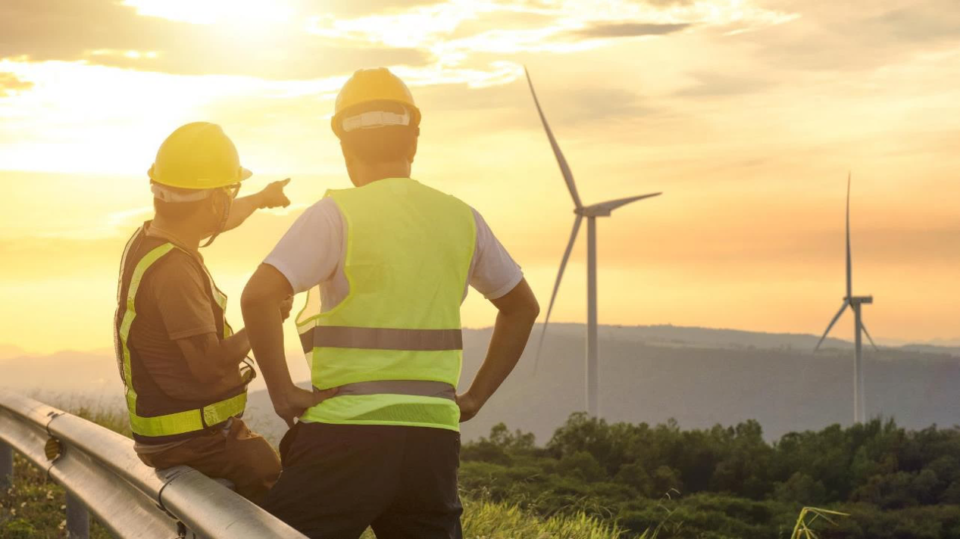By James French, Construction Industry specialist, Teletrac Navman.
There’s no sugar-coating it. Times are tough right now. However, the results of the 2020 Construction Industry Survey, a partnership between Teletrac Navman and Civil Contractors New Zealand, indicates contractors see the light at the end of the tunnel.
The survey, undertaken in June 2020 by 188 predominantly owners, directors or management-level workers in the civil construction industry, found that civil contractors are cautiously optimistic about the industry’s future. The optimism comes from the record spending on infrastructure projects, which are a cornerstone of the Government’s economic recovery plan.
Government’s big spend
In the next three years, over two thirds of respondents (69 percent) expect that large projects proposed under the $12 billion New Zealand Upgrade Programme will have a positive impact (i). A similar amount (68 percent) say that regional projects proposed under the Shovel Ready Projects programme will also have a positive impact.
Back in April, the Government announced it was looking for shovel-ready projects to fund that would be ready for construction within the next six months. In particular, it sought infrastructure with a wide public or regional benefit. It has since selected 150 projects ‘in principle’, with further due diligence work required. With the money spread across urban and provincial areas, it appears the Government has been listening to industry calls for a more even approach to regional funding.
In reality, shovel-ready indicates projects with six to 12 months to go before the construction industry is involved; meaning they should kick-off from early and throughout 2021. Survey respondents anticipate a short-term crunch before contractors reach their next tranche of projects, but over a longer time frame, the next three years onwards, the work pipeline is sounding positive.
A resilient response
It’s heartening to find most survey participants are more confident in their own business, then the wider industry. Although less are confident in the economy as a whole: 59 percent are confident in their businesses’ ability to withstand change and overcome challenges; 29 percent are confident in the outlook for the construction industry; and 40 percent are neither confident nor unconfident. Which, in such volatile circumstances, makes good sense. Only 19 percent, however, are confident in our economy.
These results indicate that businesses are aware of the difficult climate but are confident in their short-term resiliency measures. This short-term resilience represents a combination of measures such as applying for the Government wage subsidies (which 84 percent took up), deferring capital purchases, reducing rent, reducing staff hours and reducing travel costs. Many are looking to retain, and in some cases, hire staff in the next 12 months. This is to help scale up to take on work that may be months or years in the future. It is possible widespread retraining initiatives will be needed to recruit and retrain new talent from within New Zealand rather than offshore.
Digital progress
In other industries, we have seen the pandemic accelerate changes within the business, especially with a shift to better digital tools. Respondents working directly with the onsite crews are keen to take advantage of the gains in the technology; 70 percent of the project managers, fleet managers and managers group responded that they were positive in the ability of new technology to improve business efficiency and overcome challenges. This group was more positive than the overall response, where about half (46 percent) were confident in the positive impact of new technology. Around half of respondents to the survey are owners or executive management, who are less positive in technology.
If I were in a senior management position, I’d want to know why project managers are so confident in technology and what systems they’re using.
Over a half (59 percent) of contractors use technology to measure the efficiency of asset utilisation, which helps them use strong data to decide where to invest capital expenditure, or where assets are being under-utilised and could be subbed out for hire over ownership.
Further encouraging data was on the role technology plays in managing health and safety in the workplace. Research showed 77 percent of respondents used technology to measure adherence to workplace health and safety, 60 percent used technology to measure safe driver behaviour, and 53 percent used technology to measure safe operator behaviour.
CCNZ and Teletrac Navman’s 2020 Construction Industry Survey results are cautiously optimistic when reviewed in the current climate. There’s been a seismic shake to our construction sector and the wider economy. But the industry is indicating that, if businesses can stay resilient in the short-term, there’s plenty to be excited about over the next decade.
The full results of the 2020 Construction Industry Survey will be available to download at from Teletrac Navman’s website from Wednesday 2nd September: TeletracNavman.co.nz.
(i) The spend by region: Auckland $500 million; Canterbury $300 million; Otago $260 million; Wellington $185 million; Bay of Plenty $170 million; Waikato $150 million; Northland $150 million; Manawatu/Whanganui $140 million; Hawkes Bay $130 million; Southland $90 million; West Coast $90 million; East Coast $106 million; Taranaki $85 million; and Top of the South $85 million.


Parting words from Jeremy Sole- a final column